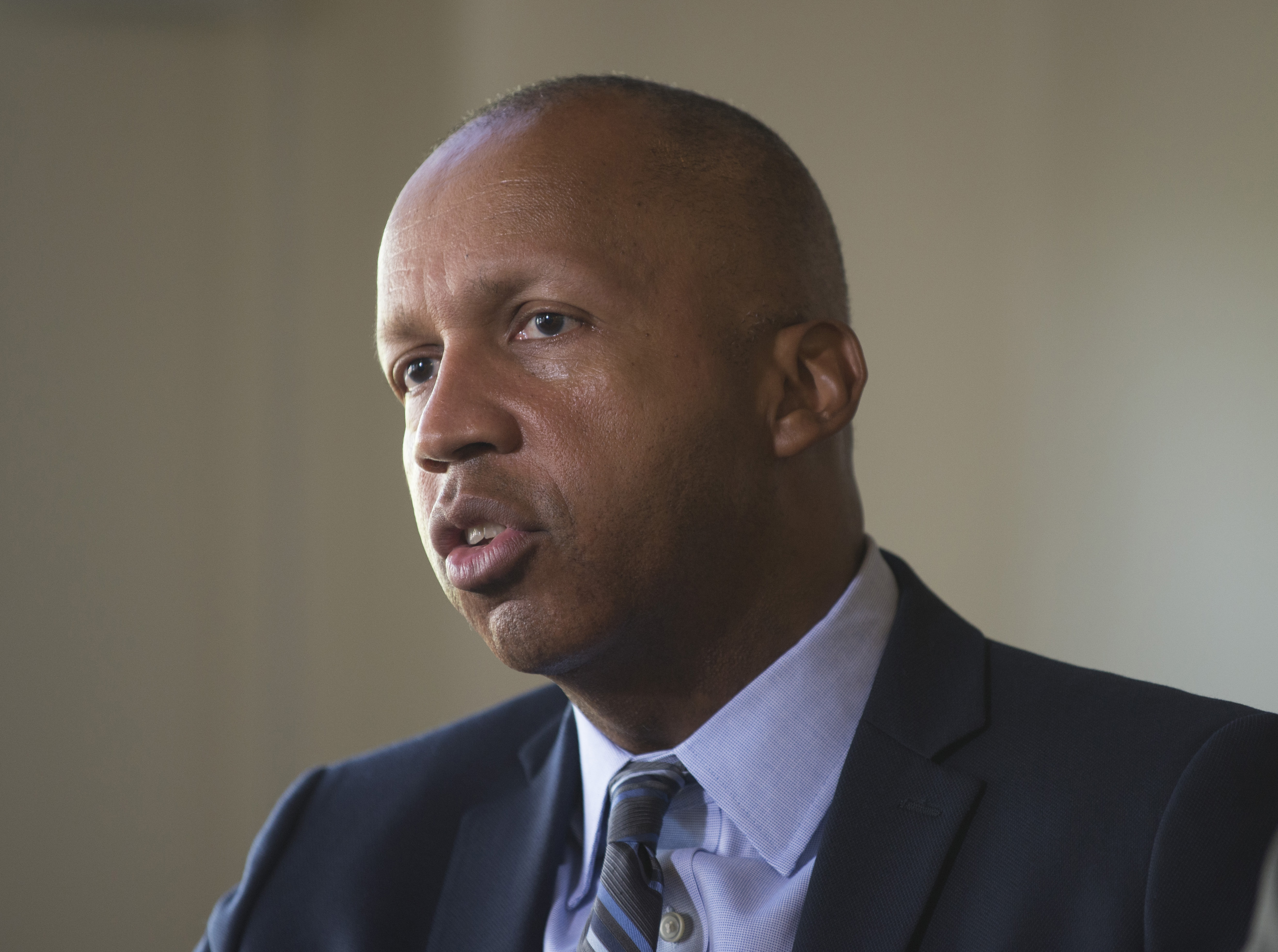
By Solomon Crenshaw
For the Birmingham Times

Montgomery, Ala.–based lawyer Bryan Stevenson may be best known for confronting racism in the criminal justice system, but his other endeavors are just as notable.
The founder of the Equal Justice Initiative (EJI) has collaborated with renowned artist Molly Crabapple on “Lynching in America: Confronting the Legacy of Racial Terror.” Launched this month on the EJI’s website (eji.org), the animated video explores America’s brutal history of lynching and racial terror. The group has documented more than 4,000 racial terror lynchings of black men, women, and children who were hanged, burned alive, shot, drowned, and beaten to death by white mobs between 1877 and 1950.
Narrated by Stevenson, the five-minute video illustrates the widespread violence and racial terror created by lynching and the mass atrocities perpetrated against African-Americans, frequently with support from government officials. The threat of lynching forced millions of black people to flee the American South to urban centers in the North and West as refugees from violent racism during the first half of the 20th century.
The video is part of the EJI’s Race and Poverty Project, which explores racial history and uses innovative teaching tools to deepen understanding of the legacy of racial injustice. By telling the truth about the past, the EJI believes it can create a different, healthier discourse that will lead to different choices and practices that can address America’s history of racial inequality.
Until the EJI announced its plans earlier this year to build a national memorial commemorating the thousands of African-American lynching victims during this era, very little public recognition of this period of racial terror was evident, despite the presence of thousands of Confederate plaques, statues, and monuments across the South.
“Our nation’s history of racial injustice casts a shadow across the American landscape,” said Stevenson. “This shadow cannot be lifted until we shine the light of truth on the destructive violence that shaped our nation, traumatized people of color, and compromised our commitment to the rule of law and to equal justice.”
Stevenson said in an interview that he is working to establish the Memorial to Peace and Justice in Montgomery, which will document each of the nearly 4,000 lynchings. The related museum—From Enslavement to Mass Incarceration—will offer interpretations that show the connection between the post–Civil War period of lynchings to the high rate of executions and incarceration of people of color in the U.S.
“It will be dedicated to creating an experience where the history of slavery is presented in an unvarnished way,” Stevenson said. “There’s not a place in America you can go and have an honest experience with the history of lynching. And lynching was horrific.”
For more on “Lynching in America: Confronting the Legacy of Racial Terror,” visit http://eji.org/reports/lynching-in-america .




